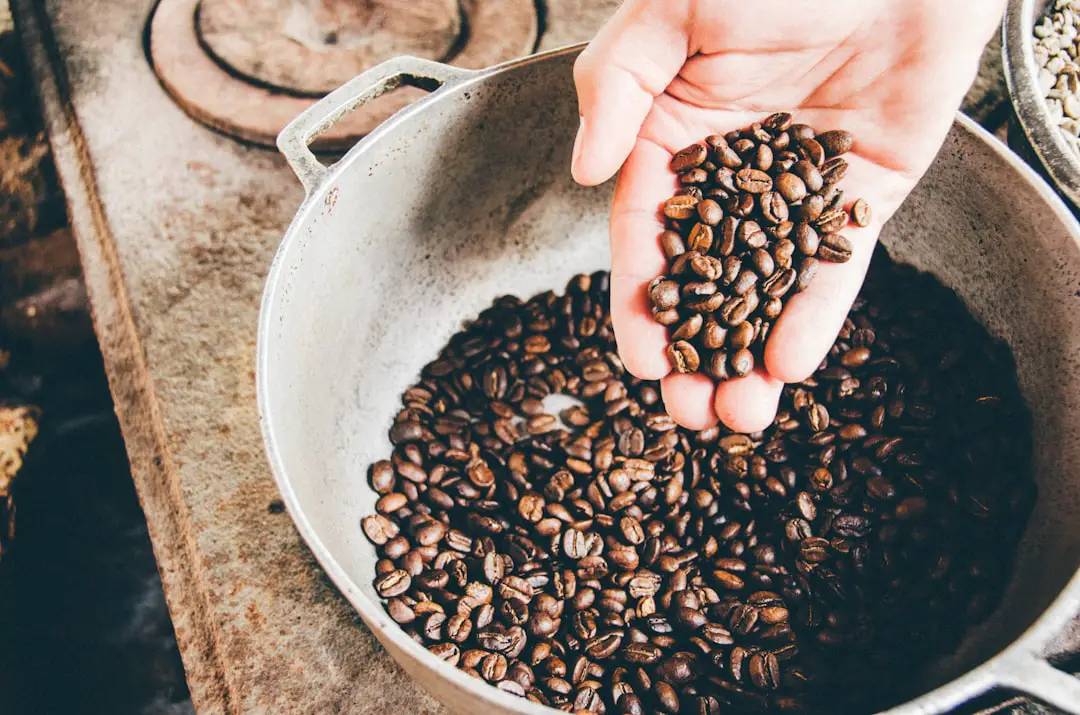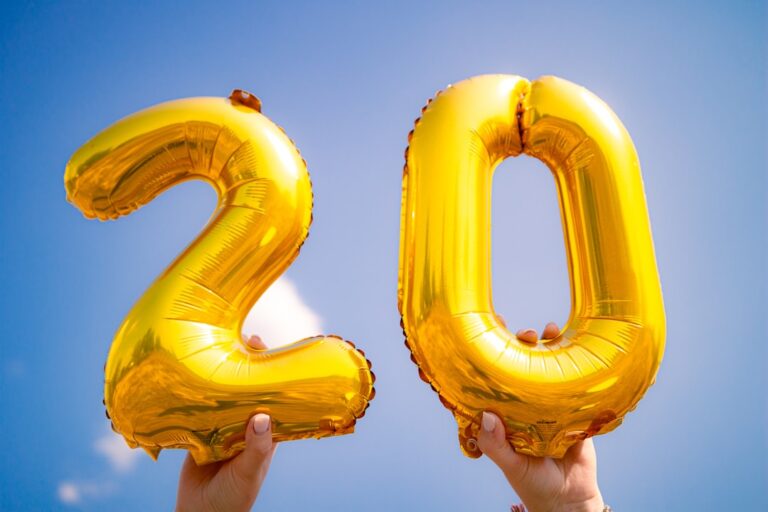Support our educational content for free when you purchase through links on our site. Learn more
What is “Buenos Días”? Discover 13 Fascinating Insights! 🌞
Have you ever wondered why a simple morning greeting like “buenos días” holds so much weight in Spanish-speaking cultures? This phrase, which translates to “good morning,” is more than just a way to say hello; it’s a cultural cornerstone that reflects respect, warmth, and connection. In our exploration of “buenos días,” we’ll uncover its meaning, usage, and even regional variations that make this greeting unique across different Spanish-speaking countries.
Imagine walking into a café in Spain, the aroma of fresh coffee wafting through the air, and the friendly barista greets you with a cheerful “¡Buenos días!” Instantly, you feel welcomed and part of the community. This article will not only delve into the significance of this phrase but also share tips on how to incorporate it into your daily conversations. So, are you ready to elevate your Spanish greetings? Let’s dive in!
Key Takeaways
- Meaning and Usage: “Buenos días” means “good morning” and is used from sunrise until noon.
- Cultural Importance: This greeting fosters respect and builds relationships in Spanish-speaking cultures.
- Common Responses: The typical reply is to echo the greeting or say “igualmente” (likewise).
- Regional Variations: Different Spanish-speaking countries may have unique ways of saying “good morning.”
- Practical Applications: Use “buenos días” in both formal and informal settings to enhance your interactions.
Ready to explore more about Spanish greetings? 👉 Shop Spanish Language Books to deepen your understanding:
Let’s get started on this journey of discovery! 🌍
Table of Contents
- Quick Tips and Facts about “Buenos Días” 🌞
- The Meaning and Usage of “Buenos Días” in Spanish Culture 🇪🇸
- A Deep Dive into the History of “Buenos Días” 📜
- Common Responses to “Buenos Días” 🤝
- Variations of “Buenos Días” Across Spanish-Speaking Countries 🌍
- Fun Facts About “Buenos Días” and Morning Greetings ☕
- How to Use “Buenos Días” in Everyday Conversations 💬
- Cultural Significance of Morning Greetings in Spanish-Speaking Countries 🎉
- Spanish Phrase Variations and Synonyms for “Buenos Días” 🗣️
- Dictionary Entries Near “Buenos Días” 📖
- Share the Joy of “Buenos Días” with Others 📲
- Popular Grammar and Usage Tips for “Buenos Días” 📚
- Wordplay and Games Involving “Buenos Días” 🎲
- Conclusion: Embracing “Buenos Días” in Your Daily Life 🌅
- Recommended Links for Further Exploration 🔗
- FAQ: Your Questions About “Buenos Días” Answered ❓
- Reference Links for “Buenos Días” 📚
1. Quick Tips and Facts about “Buenos Días” 🌞
Want to greet someone in Spanish? “Buenos días” is your go-to phrase! At Spanish Scholar™, we often get asked about the nuances of this common greeting. So, here’s a quick rundown:
- ✅ Correct Spelling: “Buenos días” (Not “buenos dias” or “bueno dias”). See more at our related article about good morning in Spanish.
- ✅ Pronunciation: BWEH-nos DEE-as (The “s” in “días” is pronounced like the “s” in “sun”). Practice your pronunciation with our Spanish Conversation Practice resources.
- ✅ Usage: Used from sunrise to noon. After that, switch to “buenas tardes”. Explore more Spanish Vocabulary on our site.
- ✅ Formality: Generally considered a formal greeting. However, it can be used in informal settings as well.
- ✅ Regional Variations: While generally understood across the Spanish-speaking world, some regions have their own unique morning greetings. Dive deeper into Spanish Cultural Insights.
Quick Fact Table
| Feature | Description |
|---|---|
| Greeting | Buenos días |
| Meaning | Good morning/Good day |
| Usage Time | Sunrise to noon |
| Formality | Formal and informal |
| Pronunciation | BWEH-nos DEE-as |
2. The Meaning and Usage of “Buenos Días” in Spanish Culture 🇪🇸
“Buenos días” literally translates to “good days,” but it’s used as “good morning” or “good day.” It’s more than just a greeting; it’s a way of acknowledging someone and showing respect. In Spanish culture, greetings are essential for building rapport. Check out our Spanish Language Learning resources for more insights. One of our teachers, Maria, recalls, “When I was studying abroad in Spain, I quickly learned that greeting everyone, even shopkeepers, with a cheerful ‘buenos días’ was crucial for a positive interaction.” This cultural emphasis on politeness is reflected in the widespread use of “buenos días.” See more at our related article about good morning in Spanish.
Cultural Context
- Respect and Politeness: Using “buenos días” demonstrates respect and courtesy.
- Building Relationships: It’s a crucial step in establishing positive interactions.
- Time Sensitivity: Using the correct greeting depending on the time of day shows cultural awareness.
3. A Deep Dive into the History of “Buenos Días” 📜

While the precise origin of “buenos días” is difficult to pinpoint, it likely evolved from earlier forms of Spanish greetings. The use of “buenos” (good) and “días” (days) reflects a tradition of wishing someone well for the day ahead. See more at our related article about good morning in Spanish. This historical context adds depth to the simple phrase.
Evolution of Language
- Influence of Latin: Spanish, like many Romance languages, has roots in Latin.
- Changing Customs: Greetings have evolved over time, reflecting societal changes.
- Regional Dialects: Different Spanish-speaking regions may have unique historical influences on their greetings.
4. Common Responses to “Buenos Días” 🤝
The most common response to “buenos días” is simply echoing the phrase back. You can also say “igualmente” (likewise) or “buenos días a usted también” (good morning to you too). See more at our related article about good morning in Spanish. These variations add a touch of personalization.
Response Examples
- Buenos días: Simple and effective.
- Igualmente: Means “likewise” or “same to you.”
- Buenos días a usted también: More formal and respectful.
5. Variations of “Buenos Días” Across Spanish-Speaking Countries 🌍
While “buenos días” is universally understood, some Spanish-speaking countries have their own unique variations. For example, in some parts of Latin America, you might hear “buen día” (good day). See more at our related article about good morning in Spanish. These regional nuances add flavor to the language.
Regional Differences
- Buen día: Common in parts of Latin America.
- Formal vs. Informal: The level of formality can vary depending on the region.
6. Fun Facts About “Buenos Días” and Morning Greetings ☕
Did you know that in some cultures, it’s considered rude not to greet someone in the morning? The act of saying “buenos días” can set the tone for the entire day. See more at our related article about good morning in Spanish. It’s a small gesture with a big impact.
Interesting Tidbits
- Cultural Significance: Morning greetings are often deeply ingrained in cultural traditions.
- Nonverbal Communication: A smile and eye contact enhance the greeting.
7. How to Use “Buenos Días” in Everyday Conversations 💬
Using “buenos días” is simple! Just say it when you meet someone in the morning. You can use it with friends, family, colleagues, or even strangers. See more at our related article about good morning in Spanish. It’s a versatile phrase.
Practical Examples
- At the office: “Buenos días, ¿cómo estás?” (Good morning, how are you?)
- At the store: “Buenos días, ¿me puede ayudar?” (Good morning, can you help me?)
8. Cultural Significance of Morning Greetings in Spanish-Speaking Countries 🎉
Morning greetings are an integral part of social etiquette in Spanish-speaking cultures. They signify respect, politeness, and a willingness to engage with others. See more at our related article about good morning in Spanish. It’s a way of showing you care.
Cultural Nuances
- Community Building: Greetings foster a sense of community and connection.
- Respect for Elders: Using formal greetings with elders is a sign of respect.
9. Spanish Phrase Variations and Synonyms for “Buenos Días” 🗣️
While “buenos días” is the most common morning greeting, there are other ways to say good morning in Spanish. “Buen día” is a shorter, more informal option. See more at our related article about good morning in Spanish. These variations add flexibility to your Spanish vocabulary.
Alternative Greetings
- Buen día: Informal and common in some regions.
10. Dictionary Entries Near “Buenos Días” 📖
Looking up “buenos días” in a Spanish dictionary can provide further insights into its usage and meaning. You’ll likely find related phrases and grammatical explanations. See more at our related article about good morning in Spanish. Expand your knowledge with Spanish Language Resources.
Dictionary Resources
- SpanishDict: A comprehensive online Spanish dictionary.
- WordReference: Another reliable online resource for Spanish learners.
11. Share the Joy of “Buenos Días” with Others 📲
Encourage your friends and family to learn “buenos días” and spread the warmth of this simple greeting. Sharing language and culture creates connections. See more at our related article about good morning in Spanish.
12. Popular Grammar and Usage Tips for “Buenos Días” 📚
Remember that “buenos” agrees with “días” in gender and number. While this might seem like a small detail, it’s essential for proper grammar. See more at our related article about good morning in Spanish. Perfect your grammar with our Spanish Language Learning resources.
Grammar Points
- Agreement: “Buenos” must agree with “días.”
13. Wordplay and Games Involving “Buenos Días” 🎲
You can incorporate “buenos días” into language learning games and activities. This makes learning fun and interactive. See more at our related article about good morning in Spanish.
Conclusion: Embracing “Buenos Días” in Your Daily Life 🌅

In summary, “buenos días” is more than just a simple greeting; it’s a cultural cornerstone in Spanish-speaking countries that embodies respect, warmth, and connection. By incorporating this phrase into your daily interactions, you not only enhance your Spanish vocabulary but also embrace a rich cultural tradition.
Key Takeaways:
- Cultural Significance: Using “buenos días” fosters positive interactions and builds relationships.
- Versatility: It can be used in both formal and informal settings.
- Regional Variations: Understanding local nuances can enhance your communication.
So, the next time you greet someone in the morning, remember the impact of those two little words! 🌞
Recommended Links for Further Exploration 🔗
-
👉 Shop Spanish Language Books on Amazon:
-
Explore More about Buenos Días Cafe: Buenos Dias Cafe – Gulf Breeze, FL
FAQ: Your Questions About “Buenos Días” Answered ❓

What does buenos días mean in Spanish?
Buenos días translates to “good morning” in English. It is a common greeting used in Spanish-speaking cultures to wish someone a pleasant start to their day. The phrase is typically used from sunrise until around noon.
Read more about “10 Ways to Say “Hello” in Spanish: A Guide to Mastering Spanish Greetings 🌎”
How do you respond to buenos días in Spanish?
The most common response to “buenos días” is to repeat the phrase back: “buenos días.” You can also say “igualmente” (likewise) or “buenos días a usted también” (good morning to you too) to show appreciation for the greeting.
Read more about “How Are You in Spanish? 10 Essential Phrases to Connect Like a Local! 🇪🇸”
What is the difference between buenos días and buenas noches?
Buenos días is used in the morning, while buenas noches means “good evening” or “good night.” The latter is used after sunset or when parting ways at night. Each phrase reflects the time of day and is important for proper etiquette in Spanish-speaking cultures.
How can I use buenos días in a sentence when speaking Spanish?
You can use “buenos días” in various contexts. For example:
- At work: “Buenos días, ¿cómo te va?” (Good morning, how’s it going?)
- In a store: “Buenos días, ¿me puede ayudar?” (Good morning, can you help me?)
These examples show how to integrate the greeting into everyday conversations.
What are some regional variations of buenos días?
In some regions, you might hear “buen día” as a shorter, more informal alternative. Additionally, cultural contexts may influence how and when the phrase is used, so it’s helpful to be aware of local customs.
Read more about “How Do You Say Good Morning in Spanish? 50 Creative Ways to Brighten Your Day! ☀️”
Why is it important to greet people in the morning?
Greeting people in the morning, especially in Spanish-speaking cultures, is a sign of respect and friendliness. It helps to create a positive atmosphere and fosters connections, making it an essential part of social interactions.
Reference Links for Verification 📚
- Merriam-Webster Dictionary Entry for “Buenos Días”
- Dictionary.com Entry for “Buenos Días”
- Buenos Dias Cafe Restaurant
- SpanishDict
- WordReference
Feel free to explore these resources to deepen your understanding of “buenos días” and its significance in the Spanish language! 🌍

